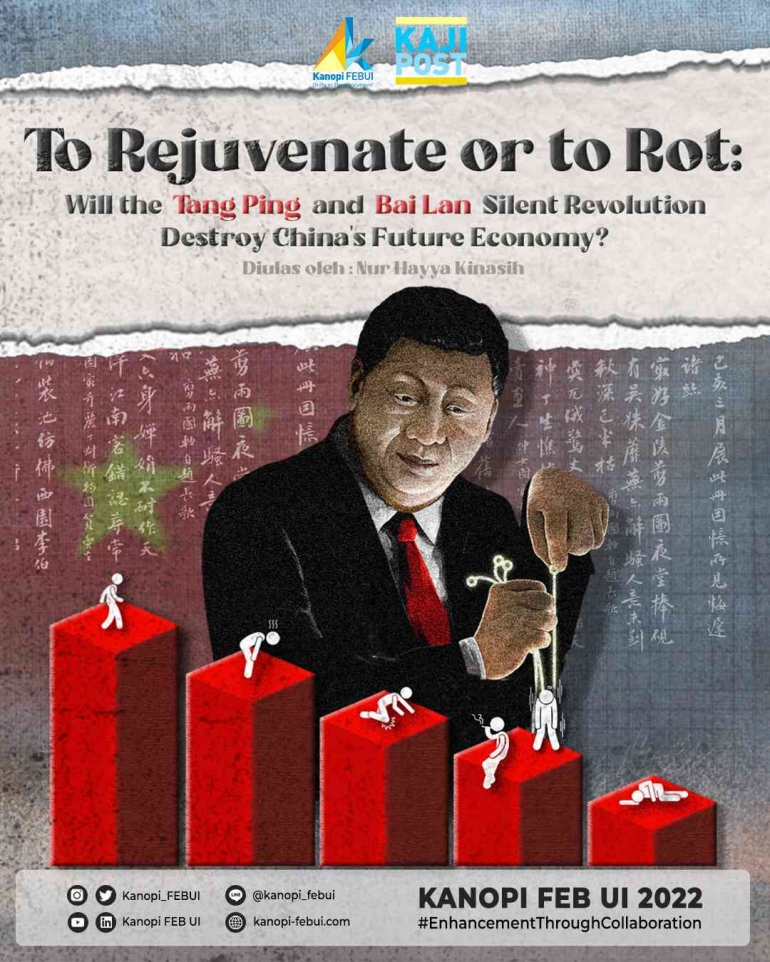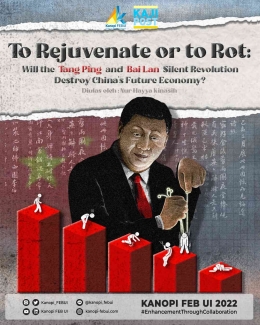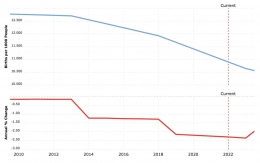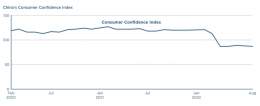As a matter of fact, a number lower than 2.1 indicates population decline in China. China is now in the midst of its weakest population growth for decades, despite having unbound its one-child per couple policy in 2014 in favor of a three-child policy in 2021. Research examining fertility across multiple industrialized countries has also shown a link between economic and fertility declines (Sobotka et al. 2011; Goldstein et al. 2009). Lower birth rates are associated with less growth and a more rapidly aging population and, hence, slower economic expansion. As a result of tang ping and bai lan movements, Chinese youths are wandering outside the marriage hall and this can negatively impact China's economy.
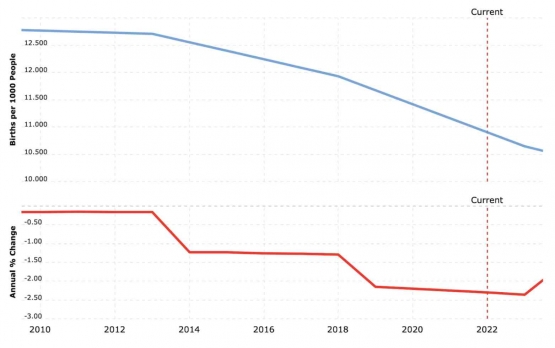
Rise in Unemployment Rate: The Youngsters are Jobless
The anti-hustle mentality of tang ping evolved into bai lan where young people of China leave any possibility of hope behind. They refuse to penetrate into the job market competition, particularly those who were underemployed during the pandemic because they must compete with the flood of new graduates.
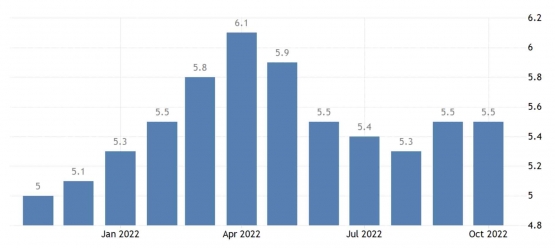
Unemployment in economies is considered an essential determinant of economic development. China's unemployment rate had risen to 6.1 percent in April 2022, and the quarterly unemployment rate in China stood at 5.4 percent in the third quarter of 2022 This increase of unemployment may be partly attributed to the anti-work mentality of bai lan. The cost of the higher unemployment is lost wages and incomes to Chinese workers and their families, a further widening of inequalities, resulting in an inhospitable environment for welfare reform.
Retail Sales Plummet: Consumers Not Showing Resilience
The lockdowns and widespread promotions of tang ping and bai lan is a deadly combination that demolishes China's consumption rate. Chinese youths being unemployed have suffered from low income which also pulled back their spending. This will lead to a rapid decline in China's consumption growth. As consumer spending drops off, economic growth slows, leading to price drops and eventually deflation. Low retail sales and consumer spending also take part in the decline of China's productivity rate. When production rate exceeds consumption rate, firms that produce traditional manufacturing goods and firms from emerging industries begin to cut down on production, causing prices to plummet, which further drives firms' revenue to go down and lowering wages across the board. As consumer spending is the leading indicator of the pulse of an economy, even a small downturn in consumer spending could potentially damage China's economy.
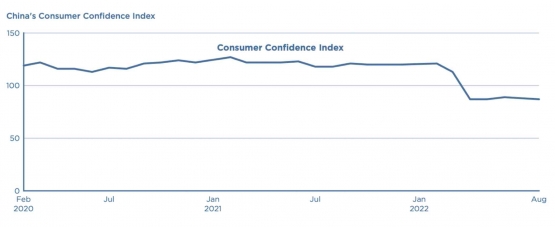

Labor Productivity Slowdown: A Potential Growth Crisis
Since tang ping and bai lan are antidotes to society's strain on finding jobs and performing well while working, China's productivity rate is directly affected. Compared to other developed economies such as the United States, the European Union, and Japan, China's labor productivity is already relatively low. It is producing an output of 7,318 USD per worker, below the world's average margin of 18,487 USD per worker and drastically lower than the United States 98,990 USD per worker, which was only 7.4% of US's productivity (CEIC Data, 2018).
If these movements continue, reversing the recent productivity slowdown should be an urgent priority for China since robust productivity remains the fuel for a healthy economy and broad-based prosperity. Low productivity means lower output, which will ultimately make it difficult for laborers to raise their wages, hence the decelerating wage growth. Farther than that, low labor productivity could hinder the country's economy to grow faster than the workforces, thereby stunting GDP growth.








